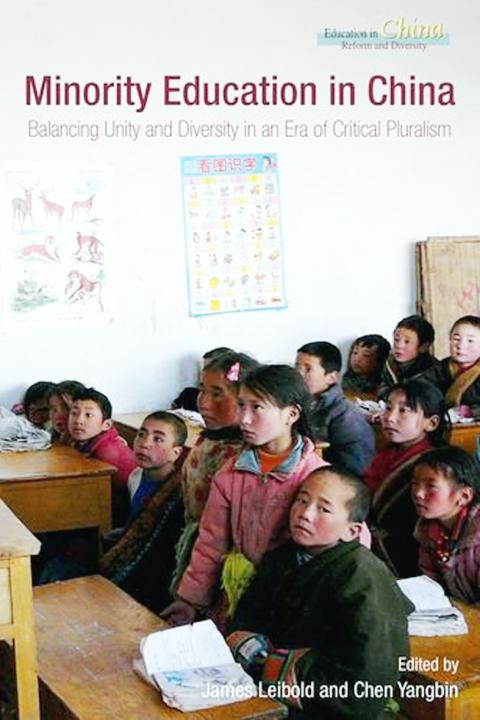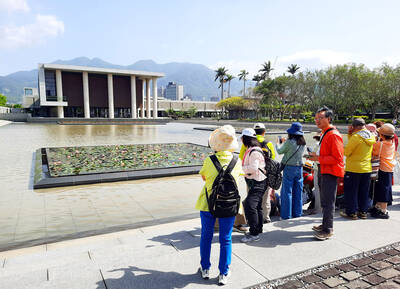The problem of local languages versus the great imperial language is common to all empires, and by extension to almost all large countries. Under the Romans, men and women from the outer provinces were inevitably confronted with Latin as a foreign language, despite its being the language of the central government and of the educated classes everywhere within the imperial boundaries. The same applied to English in India under British rule, and even within the UK itself minority languages were frowned on. The usually liberal Victorian critic and poet Matthew Arnold supported the suppression of Welsh in schools in Wales on the grounds that speaking English put students into contact with the modern world, and gave them a broader, more international outlook.
The pendulum has now swung strongly in the other direction. Local languages are prized, and their loss seen as equivalent to extinction in the biological sphere. But the problem for individuals brought up to speak one language, but finding themselves surrounded by a much larger group speaking another, one that’s the language of the central government and so, by implication, of social advancement in many spheres, remains real.
Minority Education in China is published in Hong Kong. When I was living there in the 1990s, this problem was particularly acute. Schools either used English as the medium of instruction, or they used Cantonese, and there was enormous pressure from ambitious Chinese parents to get their offspring places in the English-language institutions. It was strongly believed that with proficiency in English students would automatically succeed and make money in the working world. As a former teacher, l felt that children should grow up discovering the world, and themselves, using their mother tongue, as I had done. But it was impossible to prove that the parents who wanted their children to attend English-language schools didn’t have a point. They may have been money-grubbers at heart, but they also may just possibly have had the outlook of Matthew Arnold.

From reading this book, a collection of essays by academics and educationalists, it appears that children who have grown up speaking a minority language in the PRC can opt to attend schools that teach in Mandarin, choosing occasional lessons in their mother tongue, or they can opt to attend schools teaching in their local language, with Mandarin as an important course subject.
Theory and practice, however, are not always the same. Firstly, there is a political dimension, with Mandarin representing patriotism and national unity, and the minority languages of restive regions such as Tibet and Xinjiang being associated with separatism. And secondly there are teachers and others who view the minority tongues, in any region, as essentially “backward”.
In Tibet, one contributor argues, Beijing’s aim of getting everyone to have nine years of basic education has been successful just because it has allowed Tibetan to be the language of instruction for the first six years. Drop-out rates increase sharply after that. Minority students (7.81 percent of the undergraduate total) often struggle at university, we learn, though with dramatic exceptions. By contrast, Koreans living in China manage to achieve higher academic success rates at all levels than the average for the country as a whole.
A form of positive discrimination is practiced, giving students from ethnic minorities additional points in the system that leads to university entrance. This system appears to have a maximum of 750, with ethnic minority students being allotted anything from 5 to 160 (for Tibetans) extra points. A scandal erupted in 2009 in Chongqing, Sichuan Province, when the highest-scoring liberal arts Han student in the entire municipality, and others, falsified the racial background on their identity cards so as to qualify for an extra 20 points. The whole system became the subject of intense debate on the PRC Internet, with much hostility to any favorable treatment at all of citizens who were supposed to be equal, but only equal, under the law.
The Internet and social media in general have been forces working in favor of the big world languages, and so against small minority ones. Several writers here raise this point, though without predicting any long-term outcome, or considering that this is how the world tends to develop, Internet or no Internet.
In areas where there are many minorities, and where outside the cities they predominate, the task facing the authorities can be enormous. In Xinjiang Province, for example, the earliest type of primary and middle schools post-1949 were organized around a single ethnic group, with Uighur, Han, Kazakh, Mongolian, Kirgiz and Xibo schools. Today these have been amalgamated into Minority Schools, Han Schools and Joint Minority-Han Schools, with all the schools in the city of Urumqi, for example, falling into the last category.
This mixed type of school, of course, also aims to reduce inter-ethnic tensions in future generations. But the reality is, it seems, that, though attending the same school, Han and minority students largely study separately, with the minority students congregating in the bi-lingual and minority languages classes.
And as another contributor points out, whereas Uighur was once a lingua franca among the various ethnic groups in Xinjiang, today the flow is in one direction only — towards Chinese, with pressures on all minorities to learn Mandarin, but no interest whatever among Han residents in learning Uighur. No doubt the Beijing authorities are happy to see this as a development towards “national unity,” but it does cast doubts on their declared interest in educating and advancing all ethnic groups on an equal footing.
This volume is clearly extremely important, and even authoritative, containing as it does essays from academics in Beijing, Tibet, Xinjiang and Hong Kong, plus one working in Shanghai but an expert on Mongol affairs. It appears balanced, though with an emphasis on the needs of the minorities. It’s edited by two scholars from La Trobe University, Australia.

When the South Vietnamese capital of Saigon fell to the North Vietnamese forces 50 years ago this week, it prompted a mass exodus of some 2 million people — hundreds of thousands fleeing perilously on small boats across open water to escape the communist regime. Many ultimately settled in Southern California’s Orange County in an area now known as “Little Saigon,” not far from Marine Corps Base Camp Pendleton, where the first refugees were airlifted upon reaching the US. The diaspora now also has significant populations in Virginia, Texas and Washington state, as well as in countries including France and Australia.

On April 17, Chinese Nationalist Party (KMT) Chairman Eric Chu (朱立倫) launched a bold campaign to revive and revitalize the KMT base by calling for an impromptu rally at the Taipei prosecutor’s offices to protest recent arrests of KMT recall campaigners over allegations of forgery and fraud involving signatures of dead voters. The protest had no time to apply for permits and was illegal, but that played into the sense of opposition grievance at alleged weaponization of the judiciary by the Democratic Progressive Party (DPP) to “annihilate” the opposition parties. Blamed for faltering recall campaigns and faced with a KMT chair

Article 2 of the Additional Articles of the Constitution of the Republic of China (中華民國憲法增修條文) stipulates that upon a vote of no confidence in the premier, the president can dissolve the legislature within 10 days. If the legislature is dissolved, a new legislative election must be held within 60 days, and the legislators’ terms will then be reckoned from that election. Two weeks ago Taipei Mayor Chiang Wan-an (蔣萬安) of the Chinese Nationalist Party (KMT) proposed that the legislature hold a vote of no confidence in the premier and dare the president to dissolve the legislature. The legislature is currently controlled

Dull functional structures dominate Taiwan’s cityscapes. But that’s slowly changing, thanks to talented architects and patrons with deep pockets. Since the start of the 21st century, the country has gained several alluring landmark buildings, including the two described below. NUNG CHAN MONASTERY Dharma Drum Mountain (法鼓山, DDM) is one of Taiwan’s most prominent religious organizations. Under the leadership of Buddhist Master Sheng Yen (聖嚴), who died in 2009, it developed into an international Buddhist foundation active in the spiritual, cultural and educational spheres. Since 2005, DDM’s principal base has been its sprawling hillside complex in New Taipei City’s Jinshan District (金山). But